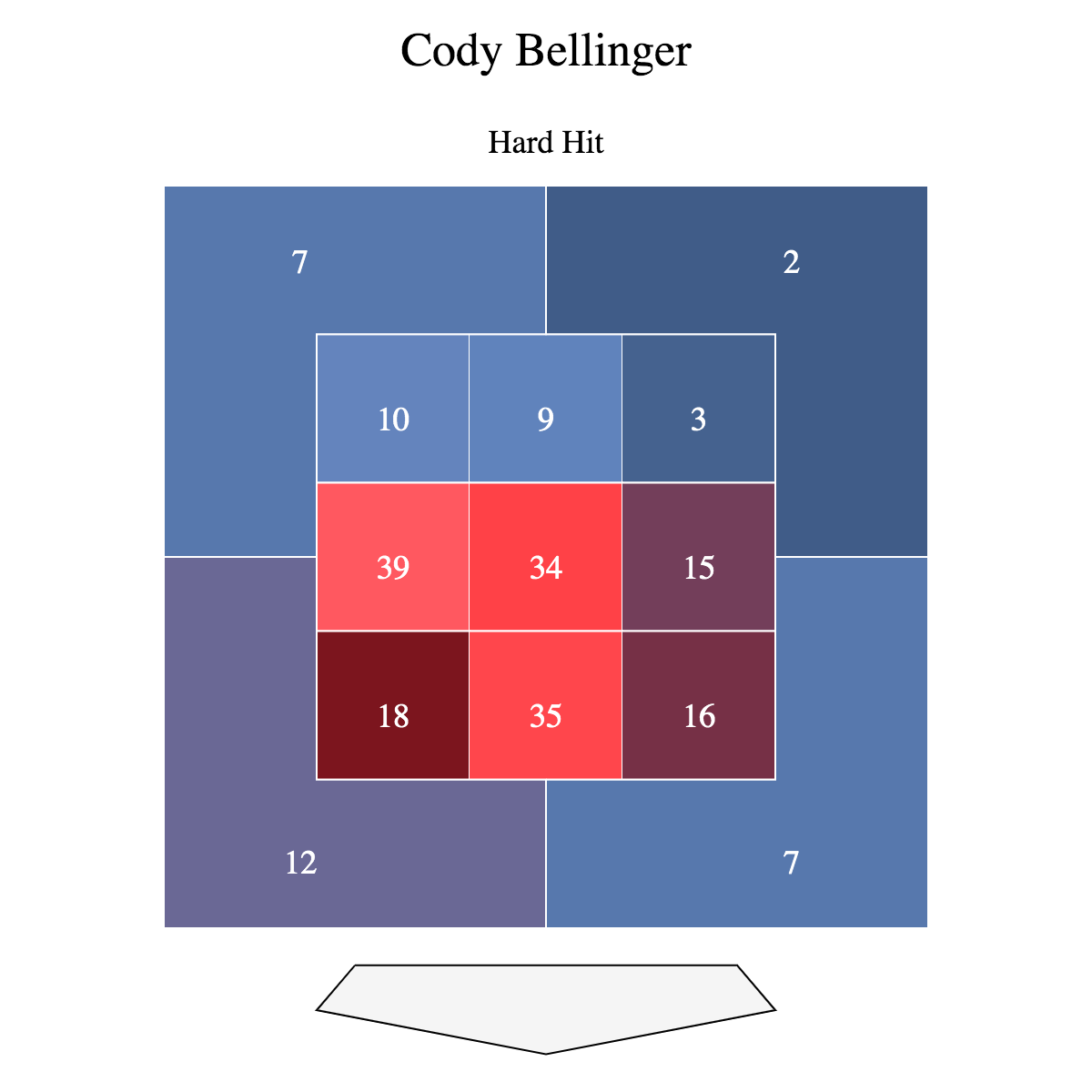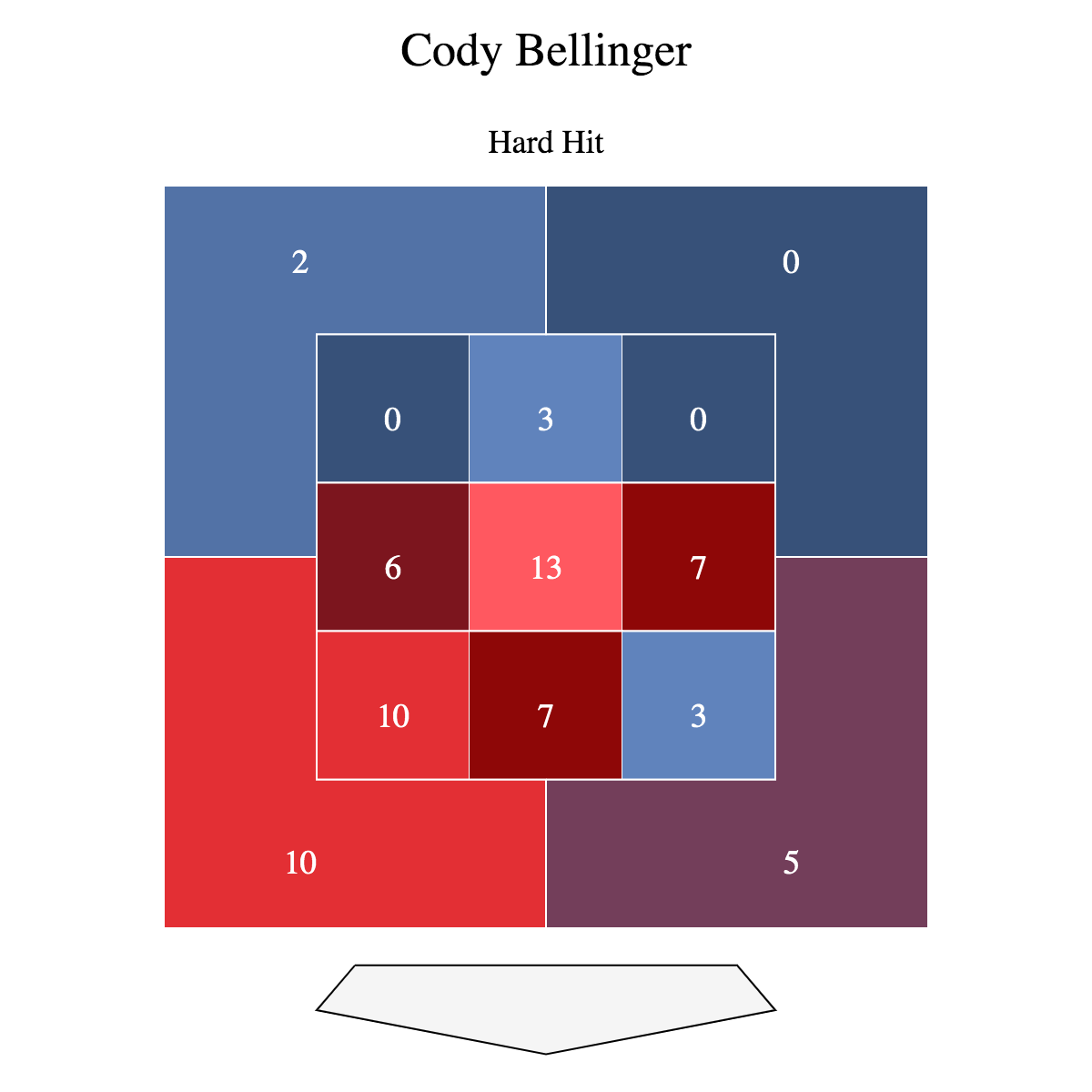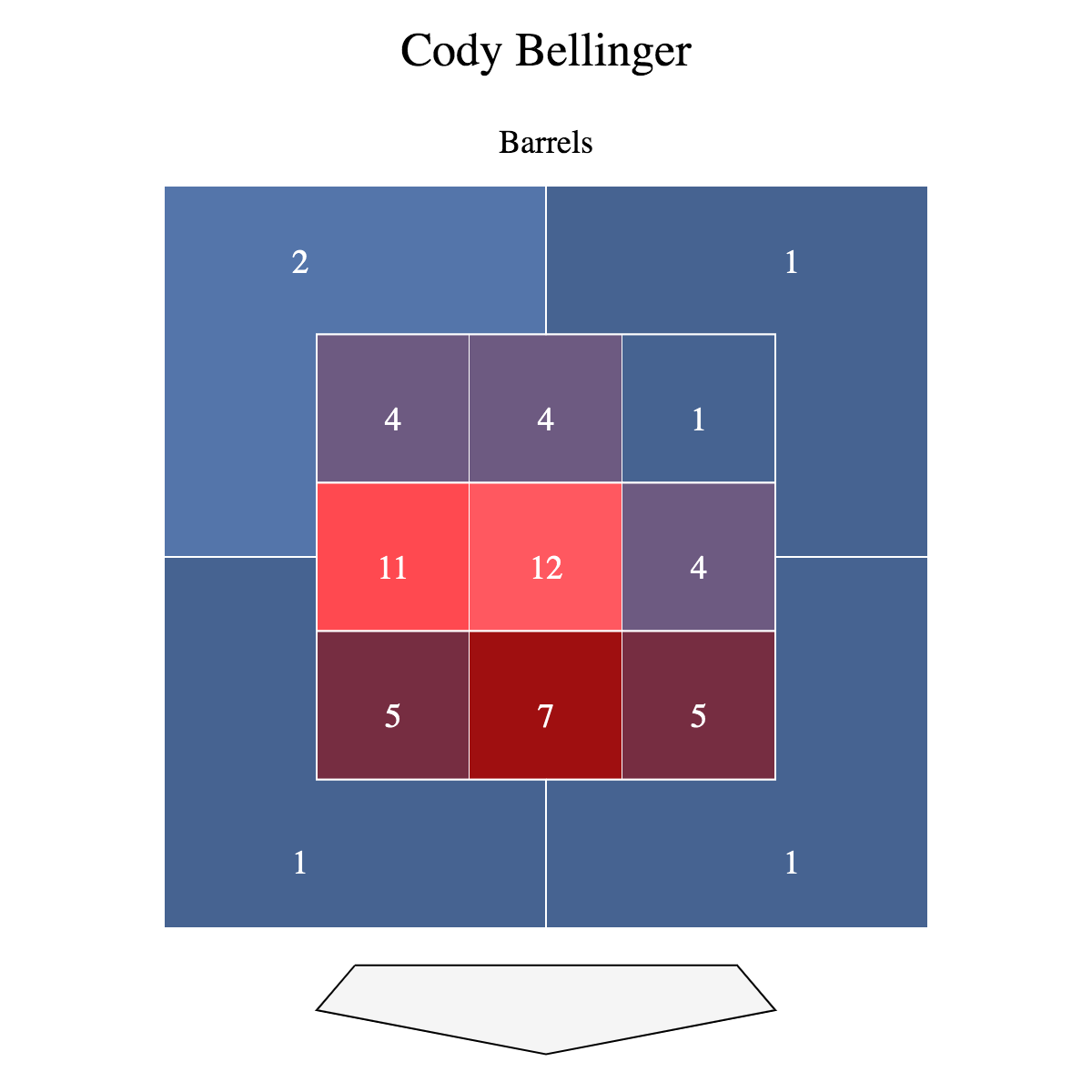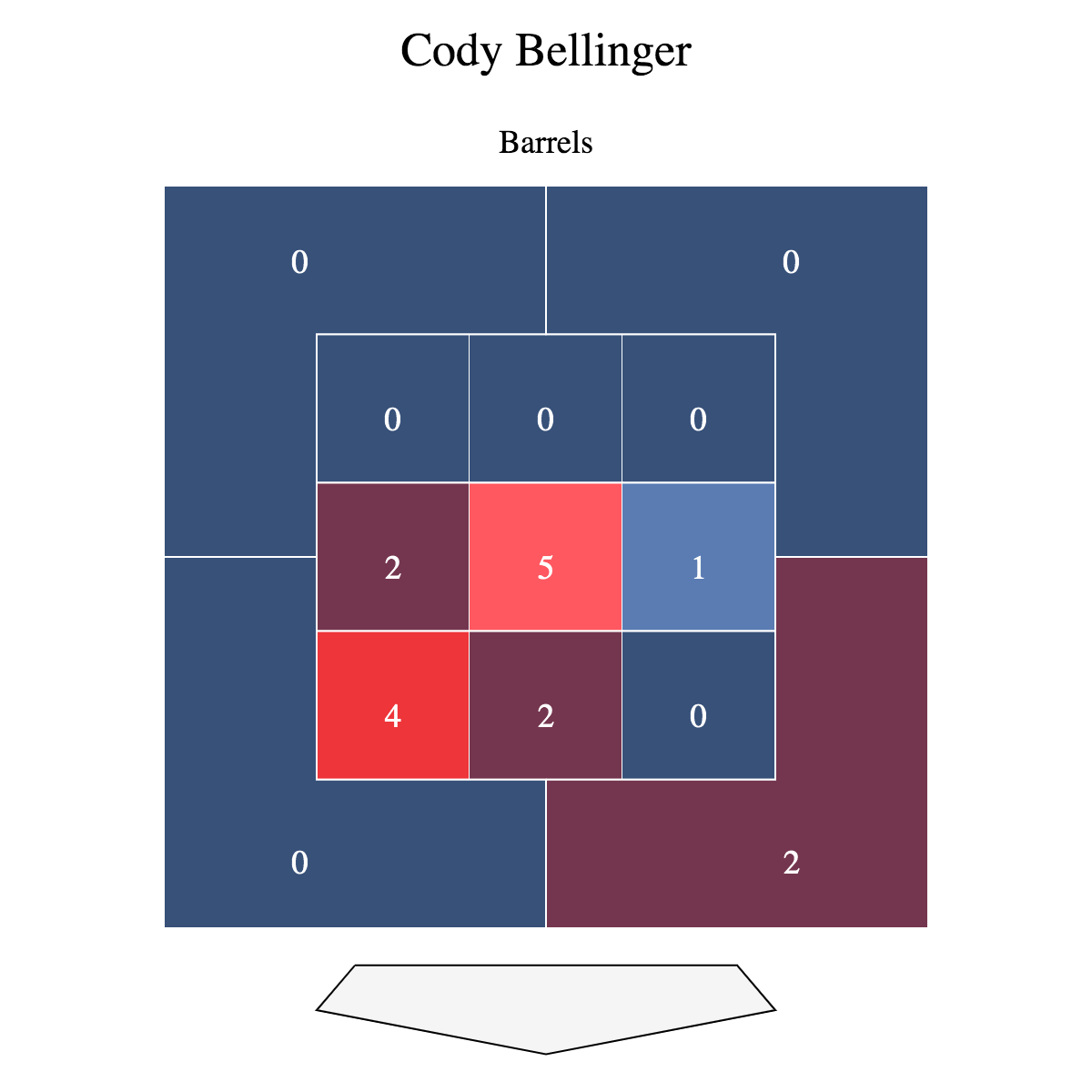A shortened season has shown us that a long slump leads to a bad season and with a condensed Spring Training 2.0, most players didn’t have the time to get back to full speed. Top pitchers seasons ended early (Justin Verlander and Corey Kluber), while players known for their offensive power have struggled at the plate; Christian Yelich, Nolan Arenado and Cody Bellinger. We know these players in a regular season would regroup and play at their high-caliber level. Bellinger in particular came into Spring Training 2.0 with a new swing, but after a few weeks, he went back to his straight up stance with his bat on his back.
The regular season ends Sunday with the Dodgers winning their eighth-straight NL West Division title. Now, the powerhouse team looks to finally win its first World Series since 1988 and in a season that saw Joc Pederson, Max Muncy and Bellinger struggle, while Corey Seager, Mookie Betts and Will Smith have produced tremendously at the plate. About a little over a week ago, Bellinger changed his stance again with a slight bend in the knees and his bat in the same position.
As the MLB season wraps up, Bellinger will have to face his toughest opponent yet, the postseason. The Dodgers have gone to the playoffs all three seasons Bellinger has played in and each year he’s struggled. As of Sept. 24, a Dodgers SportsNet LA Broadcast showed in his last seven games Bellinger has raised his average from .215 to .239 and his OPS from .702 to .769.
In early August, he switched back to his 2019 stance, noting his struggles in his ability to adapt to the velocity. In other years, when Bellinger had a lack of production at the plate, there was an increase in strikeouts. Even in a year when he struggles like in ‘18, his K% is about the same as last year: 16.3% in ‘19 and in ‘20 it was 17.2%. =
“It’s just a matter of getting timing down,” Bellinger said in an interview with Dodger Blue. “Obviously it’s go time. I’m not too worried about it. I felt really good the past two days and hopefully I can keep it rolling. I haven’t really felt bad. It’s just a matter of missing pitches.”
The reigning NL MVP now has a slashline of .242/.332/.459, but as of late Bellinger’s new stance seems to help him improve on two things he struggled with this season: hard hit% and barrel%.
At first glance, the change in his hard hit% looks about the same as last year, but in 2019 something he had improved on was hitting pitches low and away. This season, Bellinger has regressed his ability to hit low and away pitches. In 2019, he had 16 hard hits in that area while this season it’s only three.
2019 Hard Hit 2020 Hard Hit


Standing so close to the plate has helped him before with hitting those low and away pitches in the past, but the slight bend in the knees will help produce more power. Instead of relying solely on upper body strength he can use his leg power to drive the ball. After his 2017 NL Rookie of the Year campaign, his lack of hitting led to him being benched in the regular season and postseason. He’s seen a large drop in his hard hit %: 46% in ‘19 and 40.5% in ‘20. It’s a similar drop in hard hit% that he had from 2017 to 2018. Even in his NL MVP season, he struggled at the plate during the NLDS against the Washington Nationals before the team was eliminated from the postseason. The Dodgers may not need the lineup support with Seager and Betts putting up monster numbers this season, but having another left hand bat in the lineup will help propel the Dodgers through the postseason.
The change of stance will also help with his decline in barrel %. After a season in which Bellinger battled with Pete Alonso, Mike Trout, Jorge Soler and Christian Yelich for the season leader in home runs, the center-fielder/first baseman has hit less home runs and a smaller barrel %. In 2019, his barrel % was 13%, the highest of his career, to 9.5% in 2020, the second lowest of his career. Although it’s a small number in 2019, he had five barreled balls in the low and away zone. This season he has none. In the graph below, you’ll see he’s also not barreling the ball down the middle of the plate as well as he did last year too.
2019 Barrels 2020 Barrels


In 2020, Bellinger has eight barrels in the middle of the zone, while in 2019 he has 27. According to Fangraphs, he had 57 barreled balls in his MVP season and only 15 this year. Even though it’s a shortened season in almost 60 games, a little less than half of a regular season, the low amount of barrels shows us the lack of power. The slight bend in the stance will help Bellinger produce more power, be able to turn on those low and away pitches and help him regain his power. It’s also important to note that the players had a quick and short turn around of a second spring training. This led to Bellinger having to rely on fixing his swing in the beginning of the regular season instead of having that month and half long preseason to work out any issues at the plate.
The biggest question mark in Bellinger’s career is his lack of production at the plate in the postseason. In three postseason appearances including two World Series and two NLCS series, he has a slashline of .178/.234/.326. As of now, we are starting to see his stats improve, but maybe getting hot at the end of the season will help give him a boost in the 2020 playoffs.
(Photo by Brian Rothmuller/Icon Sportswire)

Bellinger has an unsustainable swing and approach. Bending knees does not help anyone get more power -the physics don’t work out on that. His problems are not simply solved by where he stands either – that’s Twitter analysis from looking at a few images. He is terrible more often than he is not. Much of what floats Belly’s value is his ability to slap balls the other way. It is his slump buster and he has done a lot more of that over the past month to somewhat salvage his numbers. You shouldn’t look for hard contact there because that isn’t what he does – it is is how he keeps his BA manageable when his ultra complex swing isn’t working for him. He is in the Gallo, Harper club where they go max leverage at the cost of consistency. It is as simple as that. Any day can be a good one but most are not. Turning on low and away pitches is the worst idea that anyone could ever have – its called rolling over and it is the key to failure, not success. The good news is that they don’t need him – much as they never have in the postseason. Betts and Seager help a lot as do the Muncys and the Turners along with the specialists like Joc and the utility types like Hernandez and Taylor and . They have so much talent that they don’t really need most guys to hit. All they need to do is leave Joe Kelley off the roster and I like their chances. Sorry for the negativity but that kind of swing analysis grinds my gears.